Even with the extensive use of control strategies such as indoor residual spraying, drug treatment, and the provision of insecticide-treated nets, Africa continues to bear the world’s highest malaria burden.
In 2021, the continent accounted for 95 percent of all malaria cases (234 million) and 96 percent of all malaria deaths (593 000) according to the World Health Organization’s 2022 World Malaria Report.
That means Africa, which also had four of its nations accounting for just over half of all worldwide malaria deaths last year, still has a lot of ground to make up in its quest to meet Sustainable Development Goal 3 which aims to reduce malaria case incidence and fatality by 90 percent.
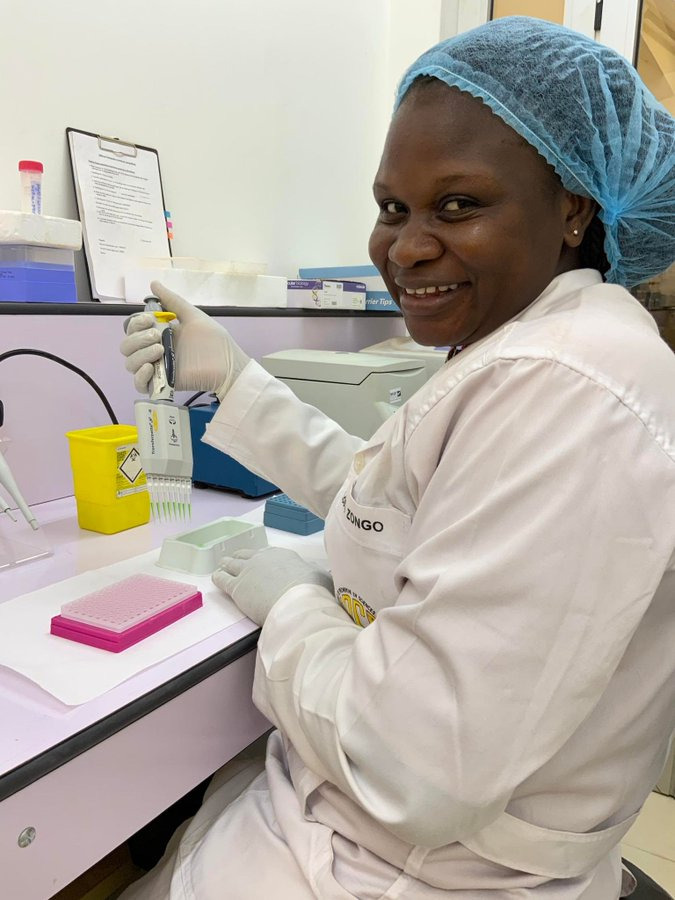
The African Union has designated 2030 as its target year for the elimination of malaria.
“The continent’s present anti-malaria strategies have largely fallen short. This calls for novel and sustained research efforts primarily in newer and potentially beneficial anti-malaria technologies, such as gene drives,” said Andrew Otim, a Ugandan research scientist.
New invasive mosquito species in Ethiopia
Gene drives have been identified as a priority technology for malaria elimination by the African Union High Level Panel on Emerging Technologies (APET).
“It is critical to speed up gene drive research in light of the emergence of new invasive insecticide-resistant mosquito species in Ethiopia and amid reports of malaria drug resistance in Rwanda, Eritrea, and Uganda. These developments raise the specter of more malaria deaths in Africa,” Otim added.
A month after the 2022 WHO World Malaria Report was released, scientists attending the annual meeting of the American Society of Tropical Medicine and Hygiene warned of the emergence of new invasive mosquito species in Ethiopia.
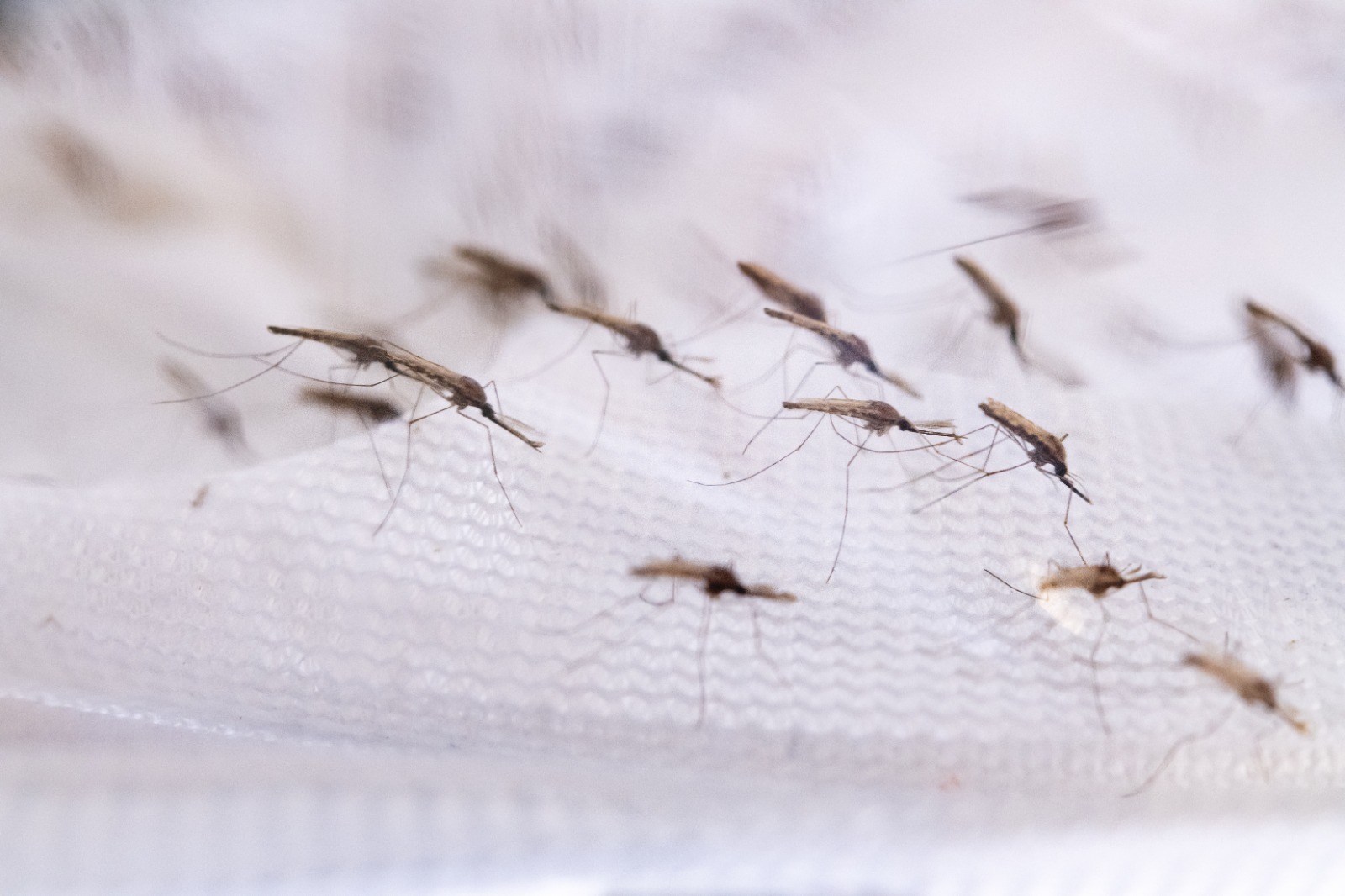 In February, Kenya’s Daily Nation reported on the new lethal species of mosquitoes, which breeds in highly populated urban areas and which increase malaria incidence by 50 percent.
In February, Kenya’s Daily Nation reported on the new lethal species of mosquitoes, which breeds in highly populated urban areas and which increase malaria incidence by 50 percent.
The new malaria vector was discovered in Laisamis and Saku in Marsabit County by scientists from Kenya’s Medical Research Institute.
In February as well, Dr Jane Ruth Aceng, Uganda’s Health Minister, was quoted by the Daily Monitor, one of the country’s leading daily newspapers, as saying that malaria was on the rise in Uganda and that the parasite had become resistant to drugs.
“Gene drive technologies have enormous potential for malaria control and would significantly aid in existing anti-malaria efforts being pursued in Africa by the WHO.”
Malaria drug resistance has also been reported in Rwanda and Eritrea.
Uganda has one of the highest global burdens of malaria cases with over 90 percent of the population at risk.
It was reported in September 2022 that Uganda scientists hoped to deploy genetically engineered mosquitoes in five years.
Traditional methods of malaria eradication
“Gene drive technologies have enormous potential for malaria control and would significantly aid in existing anti-malaria efforts being pursued in Africa by the WHO,” said Saurabh Todi, an Indian research analyst who authored a study that looked at the viability of gene drives as a potential tool for eradicating vector-borne diseases.
“Genetic engineering, particularly when using more modern methods like CRISPR and gene drives, can be useful in combating the threat posed by invading species, particularly mosquitos, which are a significant disease vector,” says the study. “Their use can specifically target the vectors of malaria and help reduce the growing risk of resistance development in mosquitoes against traditional methods of malaria eradication.”
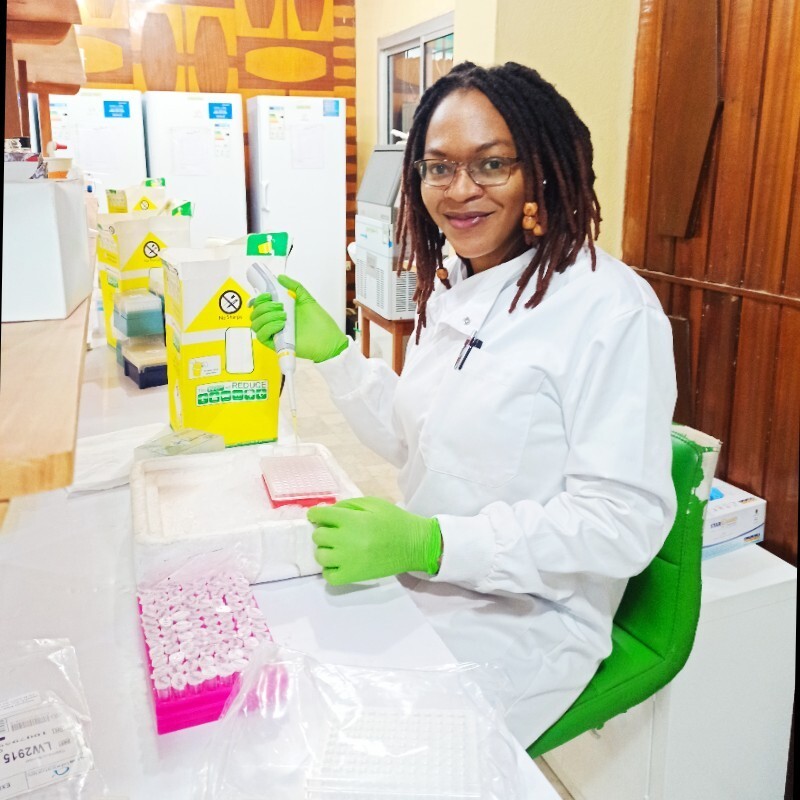
Amelie Wamba, the coordinator of the gene drive project at the Pan African Mosquito Control Association told the AFS that the new mosquito threats the continent faces, necessitate innovative complementary vector control interventions.
“Gene drives are a work in progress but they will eventually serve a useful purpose in the continent’s comprehensive malaria-fighting strategy.”
“The spread of the insecticide-resistant Anopheles stephensi mosquito, an efficient vector of human malaria parasites both in the rural and urban settings, has increased the probability of missing the 2030 target of reducing the Malaria burden by 90 percent,” Wamba said.
“However, gene drive technology has the potential to help Africa get back on track towards achieving the 2030 Agenda. Combining the gene drive approach with existing strategies gives hope for malaria eradication within this generation. Africa should be prepared to benefit from this technology.”

Dr Jonathan Kayondo, the principal investigator for the research alliance Target Malaria, agreed that the emergence of new invasive mosquito species had increased the stakes in the continent’s fight against malaria.
“Gene drives are a work in progress but they will eventually serve a useful purpose in the continent’s comprehensive malaria-fighting strategy, once phased field efficacy trials by scientists are complete,” said Kayondo who is also a senior research officer at the Uganda Virus Research Institute.
“Target Malaria seeks to develop self-sustaining gene drive technologies where the modification would be passed on from generation to generation in the mosquitoes, suppressing their ability to reproduce, thereby reducing the number of mosquitoes able to transmit malaria in the rural areas of sub-Saharan Africa.”
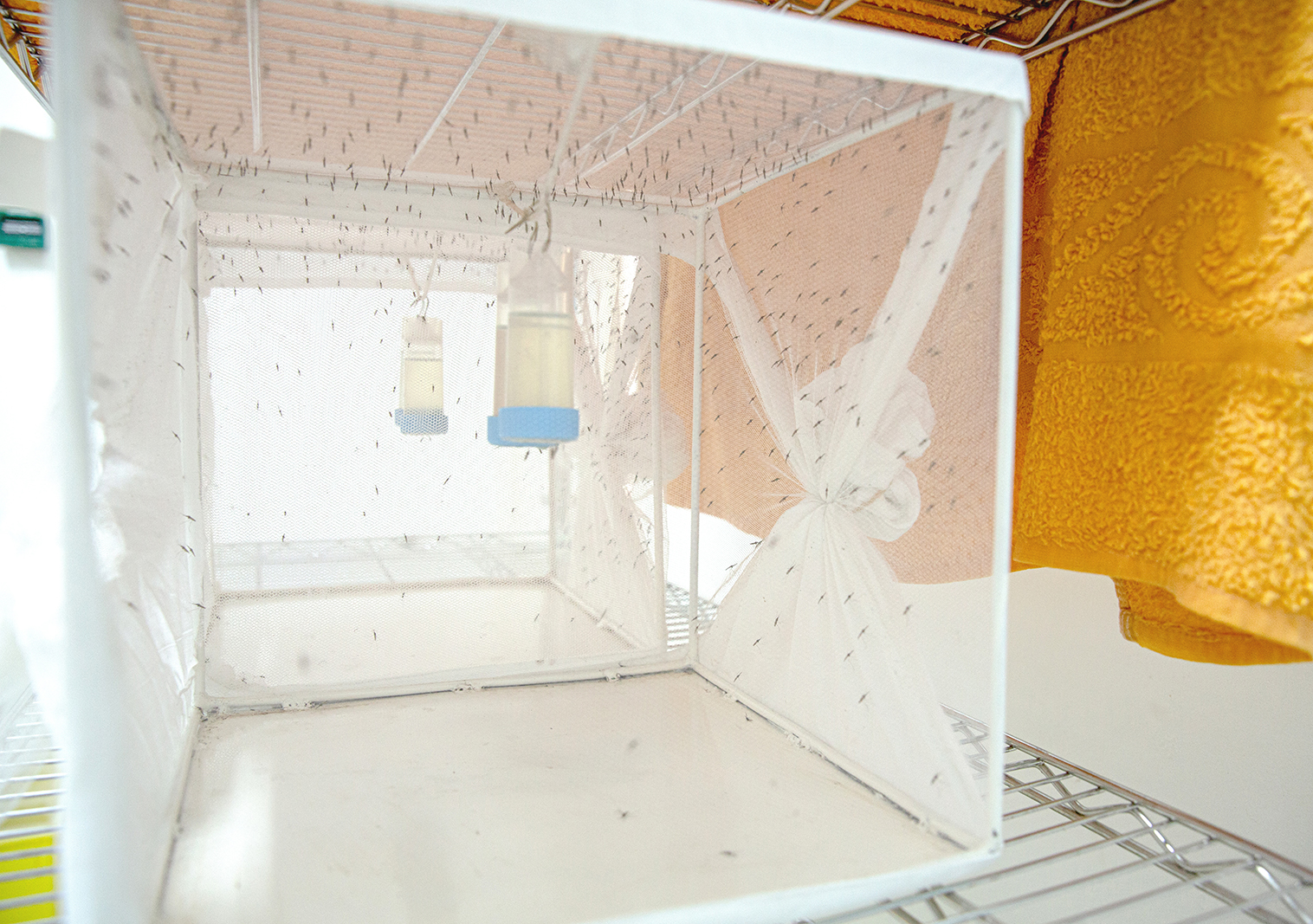
Deus Ishengoma, the principal research scientist at Tanzania’s National Institute for Medical Research, told the AfS that while gene drives have the potential for innovation and advancement of research and development in the field of public health, Africa should continue to implement a variety of malaria interventions for the time being.
“If governments commit to adapting, equipping, and training the necessary human resources, Africa will effectively eliminate the new mosquito species and eradicate malaria.”
“The eradication of malaria on the continent will be accomplished via a variety of methods and interventions, and gene drives, which help to drive beneficial genes that help in controlling many vectors of diseases that affect humans, animals, and crops, can be one of them,” he said.
“If it is implemented, gene drive technology will help Africa get one step closer to eradicating malaria.”
According to Dr Nicholas Ekow Thomford, a senior lecturer at the University of Cape Town in South Africa, African nations such as Uganda, Burkina Faso, and Mali, which are involved in gene drive research, should allow for due diligence to fully maximize the benefits of the technology for effective vector control.
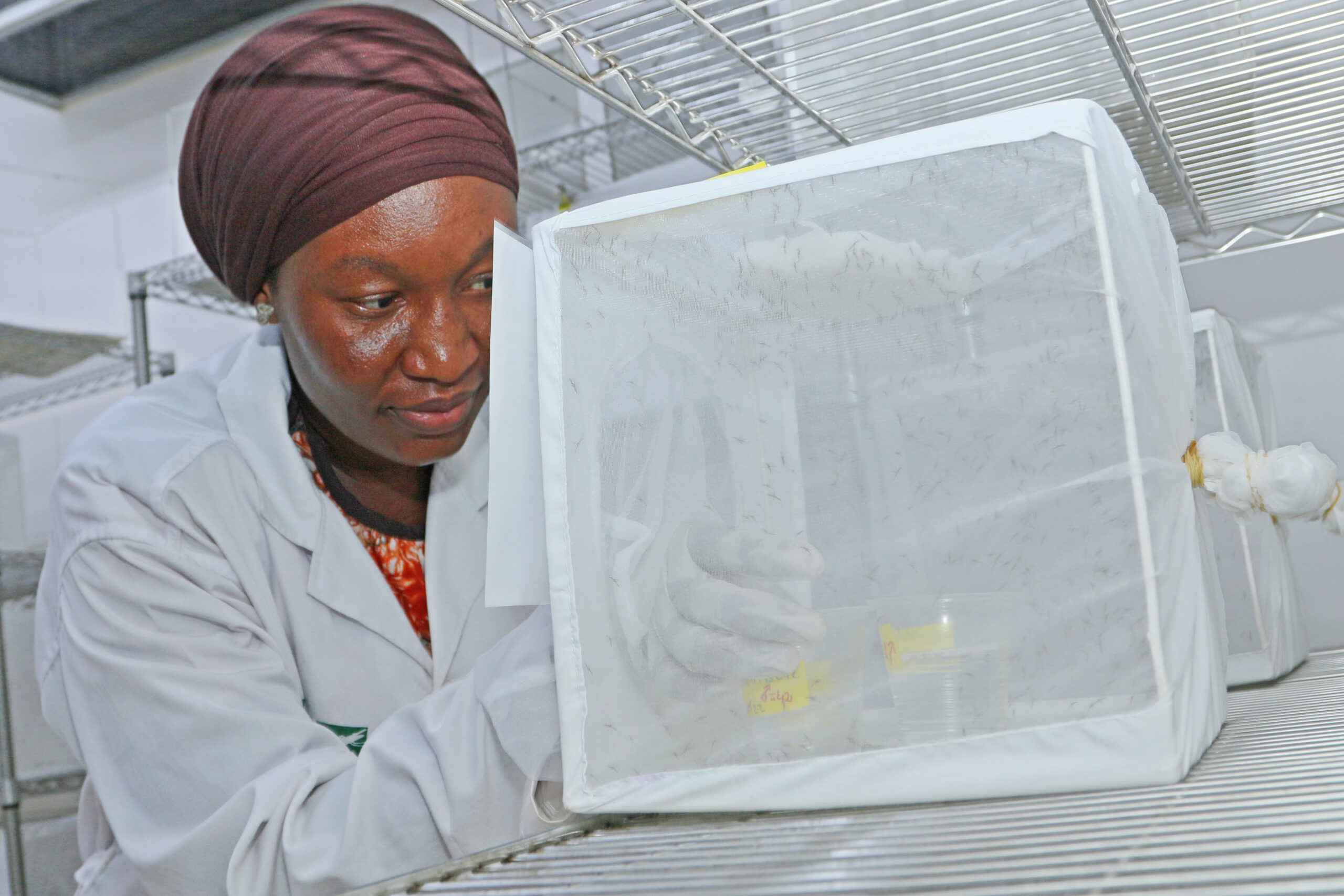
Burkina Faso recently imported non-gene drive GM mosquitoes for contained use research.
“Efforts to eliminate malaria should begin at the government level because governments are the largest investors in health, research, and technology. However, African governments have been slow to adopt the zero-malaria agenda in recent years, and the hope is that this does not extend to the new gene drive technology,” said Thomford.
“If governments commit to adapting, equipping, and training the necessary human resources, Africa will effectively eliminate the new mosquito species and eradicate malaria.”
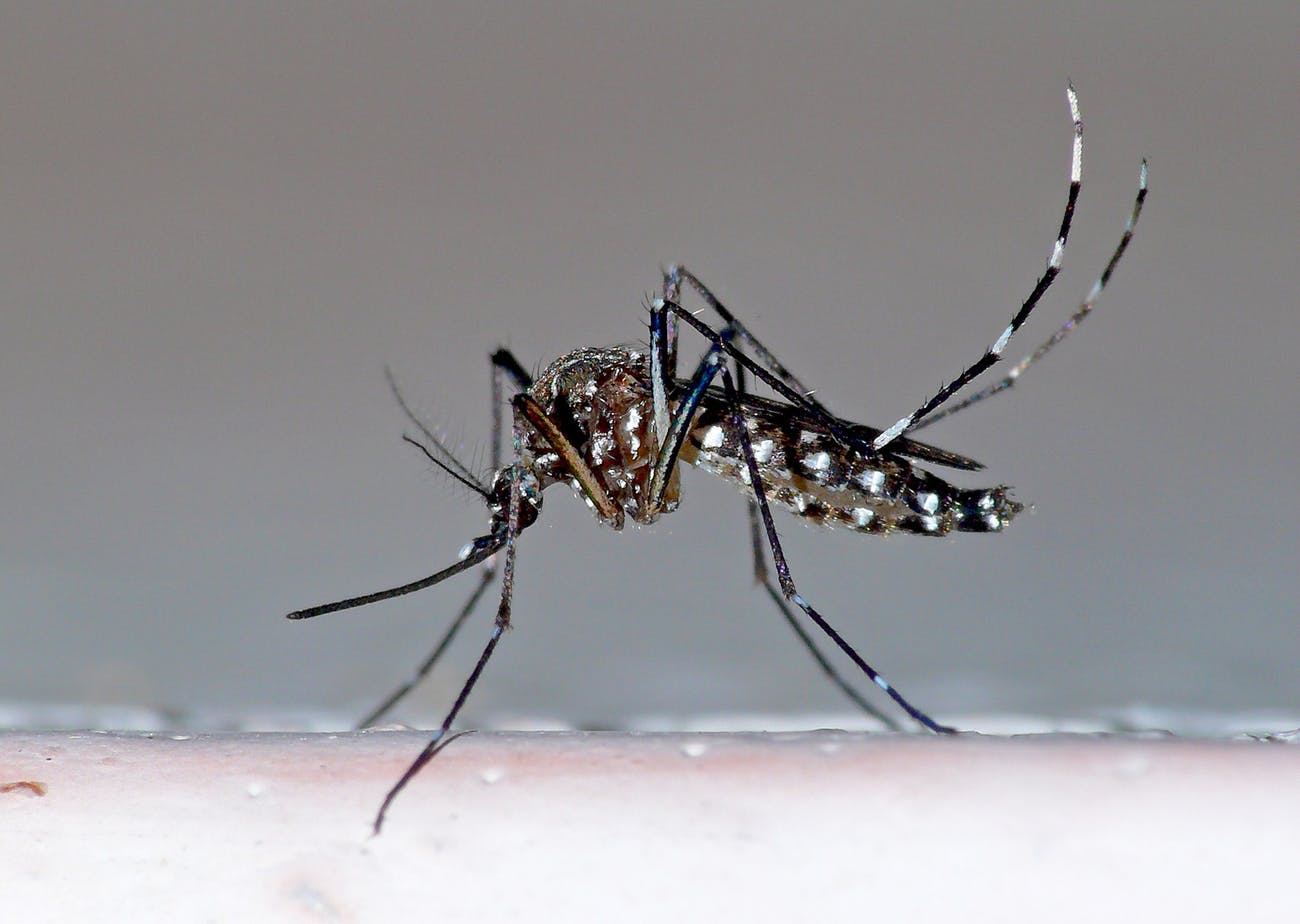
Todi noted in a study that GM mosquitoes may hasten the emergence of resistant genes and may begin to harbor other pathogens.
“Africa, which still has limited regulatory clarity regarding the use of genetically modified mosquitoes, should meticulously continue on its gene drive study and research path before considering adoption,” he said.
In terms of regulation, the Foundation for the National Institutes of Health in 2018 convened a 15-member scientific working group that issued a set of recommendations for using gene-drive mosquitoes in sub-Saharan Africa.
The report emphasized the importance of allowing governments, communities, and local scientists time to absorb the science and effectively regulate the technology.
